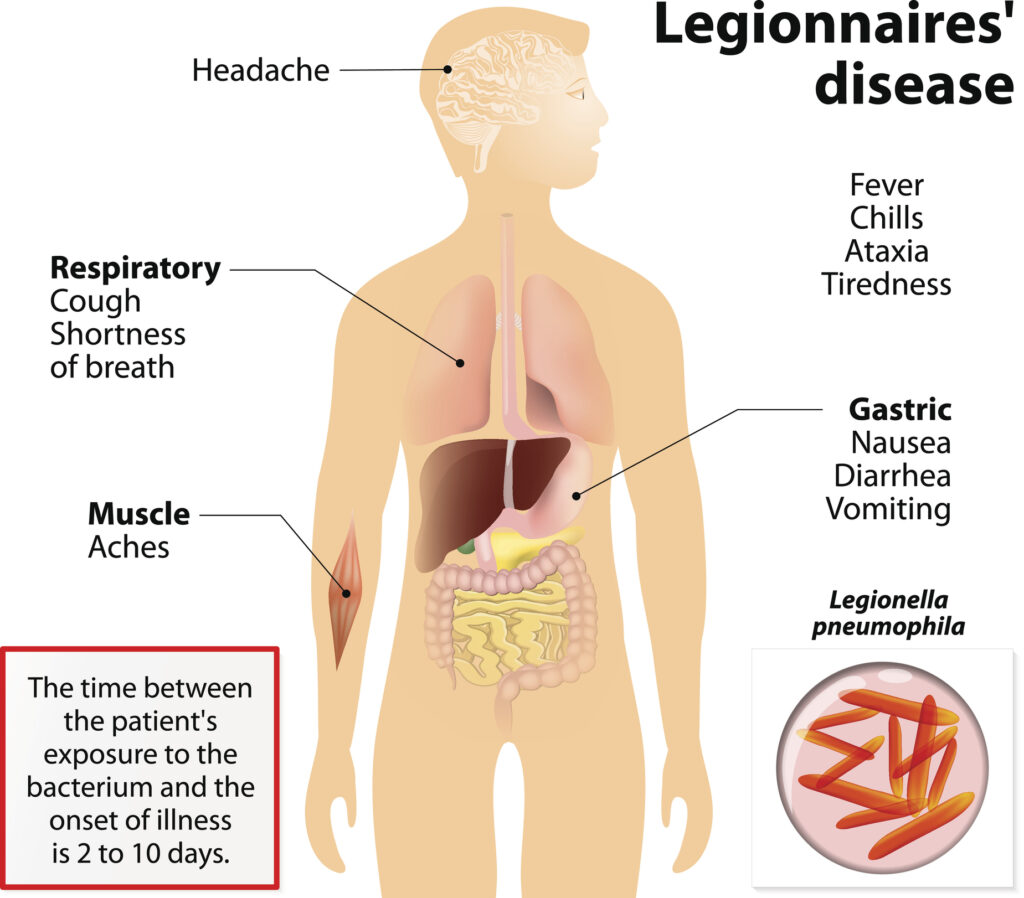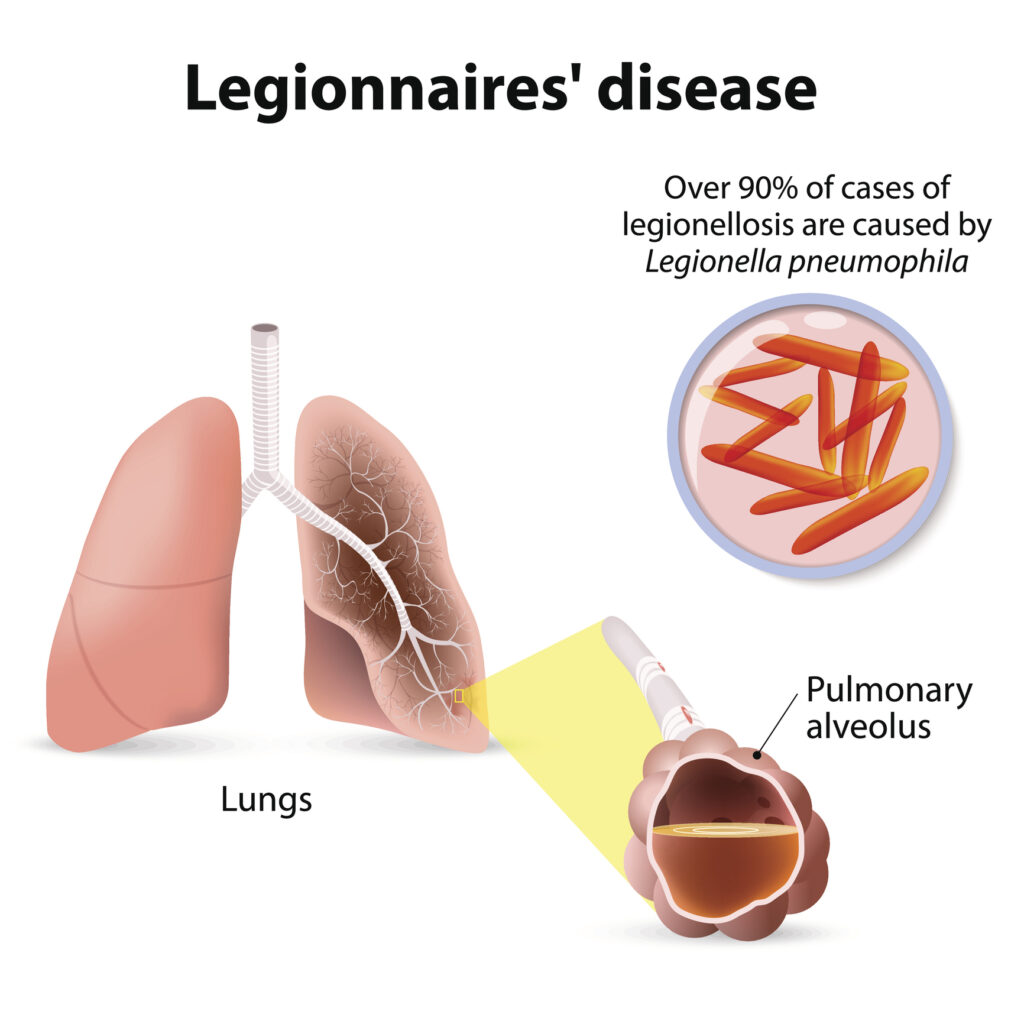The New York City Health Department provided an update on an investigation into a community cluster of Legionnaires’ disease in Harlem. Three people have died and 68 others have been infected, per ABC News. According to NBC New York, the disease was first detected in the area on July 25, and health officials are urging locals to stay vigilant.
Read on for what to know about the condition and how it’s impacting the Harlem area.
What to know about Legionnaires’ disease
Legionnaires’ disease is caused by Legionella, a bacterium that thrives in warm water, and can be contracted by breathing in water vapor that contains Legionella. According to the U.S. Centers for Disease Control and Prevention, hotbeds for Legionella growth include plumbing systems like “cooling towers, whirlpool spas, hot tubs, humidifiers, hot water tanks, and evaporative condensers of large air-conditioning systems.”
Symptoms typically develop two to 14 days after exposure to Legionella and include:
- Cough
- Fever
- Headaches
- Muscle aches
- Shortness of breath
Those with the disease may also experience confusion, diarrhea or nausea.


The disease cannot be transmitted from person to person and is often treated with antibiotics. The earlier treatment is administered, the less likely that complications, like infections outside of the lungs, such as heart or wound infections, may occur.
How it’s impacting Harlem
According to NBC New York, the disease is uniquely impacting Harlem and has been linked to the following ZIP codes: 10027, 10030, 10035, 10037, 10039 and neighboring communities. Officials explained that all cooling towers operating in the affected area have been sampled, and have instructed owners of buildings that have noted positive results “to initiate remediation within a day,” per NBC New York.
Health officials advise individuals who have been in the affected area since late July and are experiencing flu-like symptoms, fever, cough, or difficulty breathing to seek medical attention as soon as possible.
They’ve also encouraged people at higher risk of contracting the disease, like those ages 50 and older, cigarette smokers, people with chronic lung disease or compromised immune systems, to be vigilant and look out for symptoms.
“If you’re in those ZIP codes that have demonstrated exposure, then we want you to monitor your symptoms and get to a healthcare provider as soon as you can so you can get access to antibiotics, because it is treatable,” Dr. Tony Eyssallenne, the deputy chief medical officer for the city’s Health Department, said.
